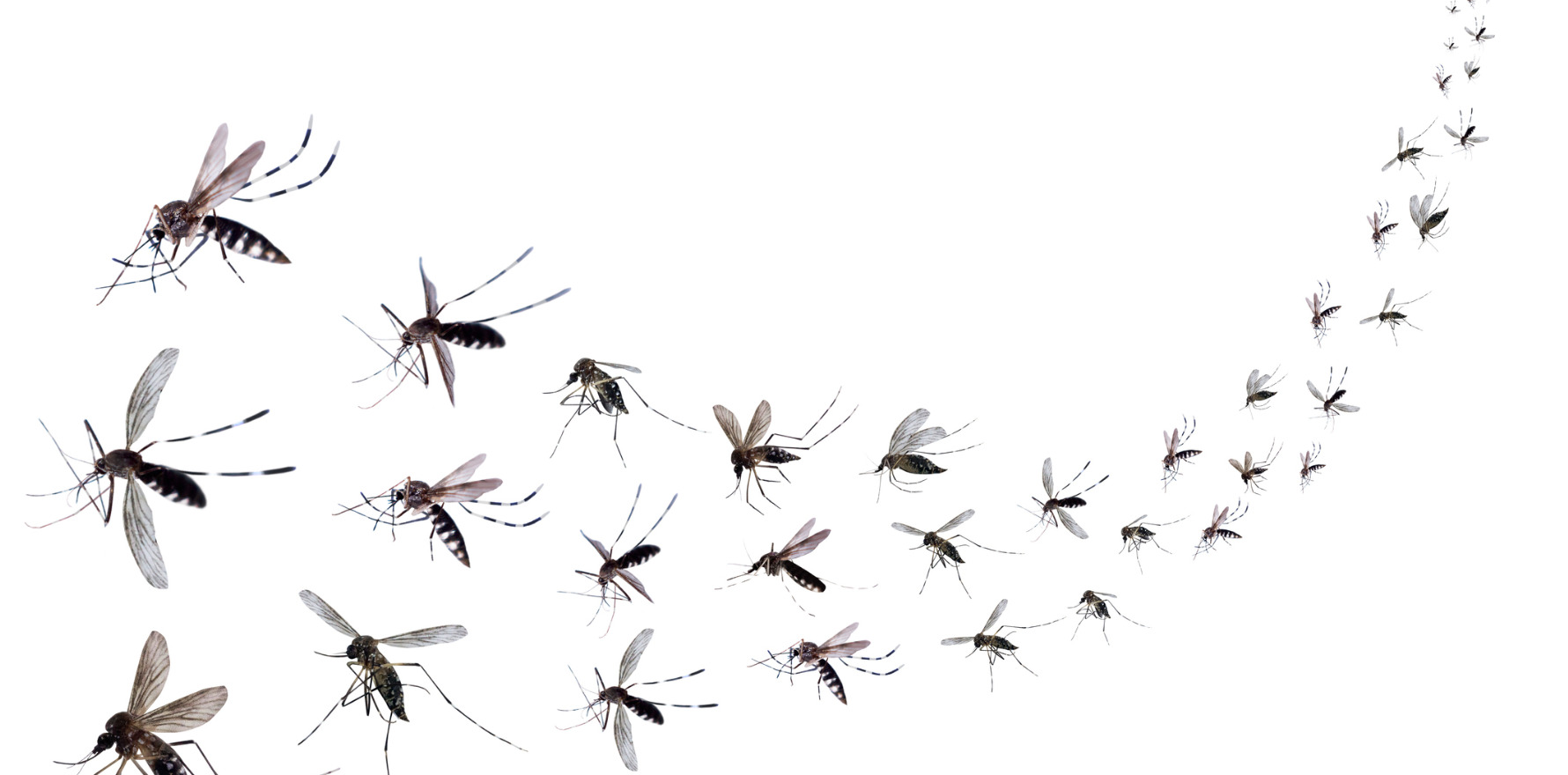Researchers are extremely concerned that weather conditions tipped for summer could be perfect for a major outbreak.
As many as 750,000 Australians could be at risk of exposure to the Japanese encephalitis virus this summer, according to new modelling.
Researchers have expressed “extreme concern” about the potential for a major outbreak of the virus in Australia, driven in part by warmer temperatures and another La Nina weather event which is already causing widespread flooding.
QIMR Berghofer’s Mosquito Control Laboratory head, Associate Professor Greg Devine told The Medical Republic that all signs pointed to the fact the disease was now endemic to Australia.
“I cannot imagine the circumstances under which it would suddenly disappear,” he said.
“So if it was all across southern Australia, New South Wales, Victoria and southern Queensland, in order for the virus to suddenly have disappeared, that wild population, which is the maintenance reservoir for the virus, they’d all have to have flown away. And it’s just not logical to think that that’s the case.”
He urged GPs to be on the lookout for symptoms of the virus, especially as the weather warms up, and especially if other symptom causes had been ruled out.
“The reason that we say extreme concern is just because it’s a horrendous disease,” he said.
Professor Devine, senior author of the report in Clinical Infectious Diseases, said people living close to piggeries and populations of wading birds may be at particular risk.
“We are extremely concerned about further outbreaks of Japanese encephalitis in Australia because of this third consecutive La Nina year,” he said.
“The wet and warm weather creates the right environment for mosquitoes to proliferate and may encourage changes in the distributions of the wild birds that maintain the virus during Australia’s winter months.
“Most Australians have not been exposed to the virus before, so they have no immunity. We are urging people to take precautions. The best protection is vaccination, but currently that’s not available to everyone. The next best protective measure is to avoid being bitten by a mosquito.”
Up until last year, Japanese encephalitis virus was confined to Asia and far northern Australia but has now spread to other states. The February 2022 outbreak was first detected in domestic piggeries across several states.
From 1 January 2021 to 19 October 2022, there have been 42 cases of human Japanese encephalitis virus nationally, including 13 in NSW, 13 in Victoria, nine in South Australia, five in Queensland and two in the Northern Territory. There have been seven deaths attributed to the infection – two in NSW, two in South Australia, one in Victoria, one in Queensland and one in the Northern Territory.
The Clinical Infectious Diseases report, a collaboration between QIMR Berghofer, the University of Queensland, Queensland University of Technology and the London School of Hygiene and Tropical Medicine, warned that if piggeries became a focus for infection, anyone living within four kilometres of an infected piggery would be at risk, given the fact that the mosquito that spreads Japanese encephalitis virus is a “strong flier”.
Modelling based on piggery distributions and the human population concludes that up to 750,000 people – about 3% of the Australian population – could potentially be at risk.
The modelling adds to recent seroprevalence surveys undertaken in five regional NSW towns by NSW Health and the National Centre of Immunisation Research and Surveillance, which showed evidence of previous Japanese encephalitis was detected in one in 11 people, many of whom had no symptoms.
The extended La Nina weather event Australia has experienced is thought to be responsible for the virus expansion because it has created new wetlands which attracted infected water birds and provided breeding grounds for the common vector mosquito.
Professor Colleen Lau, co-author and infectious diseases epidemiologist from The University of Queensland, said measuring the spread of the virus is difficult as most people are asymptomatic.
“Only around 1% of people who become infected will have any symptoms,” she said.
“However, among those who do develop symptoms the fatality rate is around 30%, and of those who survive, around half will have some sort of long-term neurological damage.”
“Symptoms range from a fever through to severe encephalitis (inflammation of the brain). There is no specific treatment for Japanese encephalitis, so we can only manage symptoms and provide supportive management.
State and territory health authorities have expanded access to the vaccine to include high-risk communities.
“There are two highly effective and safe vaccines available in Australia but supplies are limited so health authorities are prioritising vaccination for high-risk groups,” Professor Lau said.
A spokesman for the Department of Health and Aged Care told The Medical Republic that vaccines were in limited stock internationally, and this meant access in Australia be prioritised to those at greatest risk of either exposure or severe illness.
“The commonwealth purchased 130,000 doses of Japanese encephalitis vaccines in early 2022 to support the immediate outbreak response,” he said.
“These vaccines have been distributed to states and territories to support local vaccination efforts and were initially prioritised nationally based on highest risk of occupational exposure.”
The spokesman said some states and territories have since expanded their access criteria based on local risk assessments and epidemiology.
“States and territories are responsible for purchasing vaccine stock based on their local assessments, and the commonwealth is working closely with states and territories and manufacturers to coordinate future vaccine purchases and deliveries,” he said.
“Bite-avoidance remains a key prevention strategy for all mosquito-borne diseases – including Japanese encephalitis virus.”
JEV SAFETY TIPS
- Check with your state health department to determine eligibility for vaccination
- Protect yourself outside at dawn and dusk when mosquitoes are most active
- Apply mosquito repellents containing Picaridin or DEET to exposed skin
- Wear long, loose fitting clothes that cover arms and legs, and shoes that cover the feet
- Install insect screens on doors and windows
- Protect infants with mosquito proof netting on prams
- Sprays and coils can be used in small outdoor areas
- Empty standing water that has collected around your home





